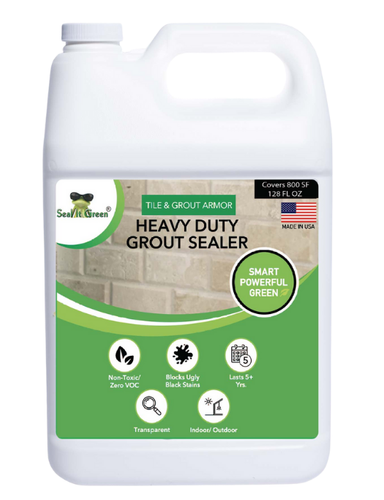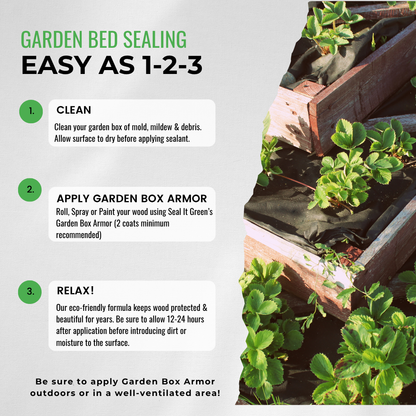Creating a thriving garden starts with more than just quality soil and seeds—it begins with the structure that holds everything together. A garden box plays a vital role in protecting plants, but without the right wood treatment, it can deteriorate quickly. Many gardeners worry about harmful chemicals leaching into the soil, which makes choosing the right wood sealer essential. By selecting a safe and eco-friendly option, you ensure both durability and a healthy environment for your plants.
Why Garden Boxes Need Wood Protection
Wooden garden beds are exposed to constant moisture, sunlight, and soil contact. Over time, these elements weaken the wood, leading to rot, cracks, and mold growth. Without sealing, the lifespan of a garden box can be cut short, meaning more replacements and higher costs. Applying a safe wood sealer creates a protective barrier against these natural elements. This not only extends the durability of the structure but also maintains its appearance, helping your garden look fresh and well-kept for years.
Why Non-Toxic Sealers Are the Better Choice
Many conventional wood sealers are petroleum-based and contain harmful chemicals. While they may preserve wood effectively, they can pose serious risks to edible plants when used in garden beds. Choosing a non-toxic wood sealer for garden bed helps protect both your crops and your family’s health. These natural, plant-based formulas allow you to grow vegetables and herbs safely without worrying about chemicals contaminating the soil. This makes them the top choice for organic and home gardeners.
The Value of Sustainable Wood Sealers
Eco-conscious gardening is on the rise, and one way to support it is by using a sustainable wood sealer. These sealers are typically made from renewable resources such as natural oils and waxes. They provide excellent water resistance, protect against UV damage, and reduce the need for frequent reapplications. More importantly, sustainable sealers are biodegradable and safe for ecosystems, aligning perfectly with the values of environmentally responsible gardening.
How to Apply a Wood Sealer Correctly
Applying a sealer is simple, but proper technique ensures the best results. First, clean the wood surface thoroughly to remove dirt and debris. Allow it to dry completely before sealing. Use a brush or sprayer to apply an even coat, paying close attention to edges and corners where water often seeps in. Let the sealer penetrate and dry before planting or adding soil. For long-lasting results, reapply every one to two years depending on climate conditions.
Benefits Beyond Protection
Using a safe and eco-friendly wood sealer offers benefits that go beyond durability. By protecting your garden box, you are also ensuring healthier plants. Non-toxic sealers reduce the risk of soil contamination, allowing vegetables and herbs to grow naturally without chemical interference. Additionally, they provide peace of mind—knowing that your garden is safe for children, pets, and pollinators. This small but important choice supports a greener lifestyle while making gardening more rewarding.
Why More Gardeners Are Making the Switch
With the growing awareness of sustainable living, many gardeners are now prioritizing eco-friendly solutions. Safe wood sealers not only protect raised beds but also support long-term environmental health. Gardeners who value organic practices find that switching to non-toxic and sustainable products makes a noticeable difference in both crop quality and garden longevity. This shift reflects a broader trend toward natural, eco-conscious gardening practices.
Conclusion
A garden box is the foundation of a healthy garden, and protecting it with the right wood sealer ensures both strength and safety. Choosing a non-toxic, sustainable option allows you to grow fresh food with confidence, knowing your soil and plants are free from harmful chemicals. With the added benefit of extending wood life and reducing waste, eco-friendly sealers are the smart choice for any gardener committed to long-term success.





